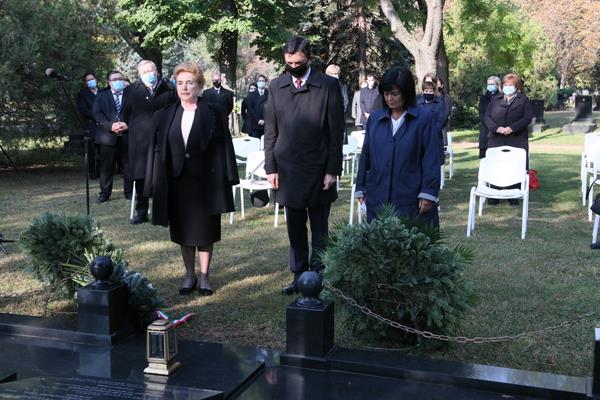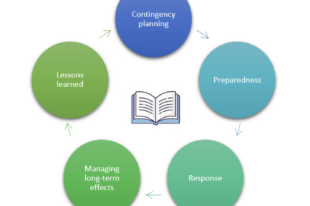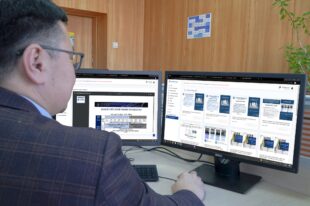SAO Hungary Celebrates Major Milestones, Embarks on Considerable Digitalization Initiative

SAO HUNGARY CELEBRATES TWO MAJOR MILESTONES
2020 was a special year for the State Audit Office (SAO) of Hungary, as the SAO celebrated two anniversaries—150 years since its foundation and 30 years of independent audit activities following its re-establishment in 1990.
The SAO was founded by the Hungarian National Assembly in 1870, but SAO operations were suspended in 1949, leaving the country without independent oversight. Nearly half a century later, the SAO was re-established (in parallel with the proclamation of the Third Hungarian Republic) and officially resumed operations on January 1, 1990.
Since then, SAO Hungary has continued transforming the organization—particularly during the past 10 years—by developing methodologies to meet present and future needs as well as rethinking and enhancing quality assurance and human resource management.
Most recently, the SAO emphasized advisory and knowledge sharing activities that more effectively support users of public funds. The SAO also implemented digitalization and automation efforts that permeate processes, improve public resource management and adapt to emerging challenges.
These measures ensure the SAO continues seamless operations (even under the extraordinary working conditions created by the COVID-19 pandemic) and contribute to developing effective public finance and budgetary processes.
A traditional wreath-laying ceremony at the resting place of the SAO’s first president and commemorative coins issued by the Hungarian Central Bank marked the anniversary.
The SAO EMBARKS ON CONSIDERABLE DIGITALIZATION INITIATIVE
SAO Hungary uses data for its core auditing and analysis tasks, and digitalization and automation continue to play major roles in requesting and classifying data.
The SAO has greatly enhanced digitalization, particularly in requesting data, by transitioning to full-electronic contact with auditees and accessing data using an internet-based request system. This transition has led to more effective and efficient information flow that also markedly increases objectivity and equal treatment.
While a large portion of documents remain in hard copy or scanned form, the SAO continues dedicating resources to convert materials into fully accessible electronic formats.
The SAO enhanced this process by incorporating specialized software that can analyze documents based on predefined criteria, such as specific keywords and phrases. The software also includes filtering capabilities that can quickly reveal whether the materials were received externally or generated internally, which facilitates determining document conformity with regulatory requirements.





